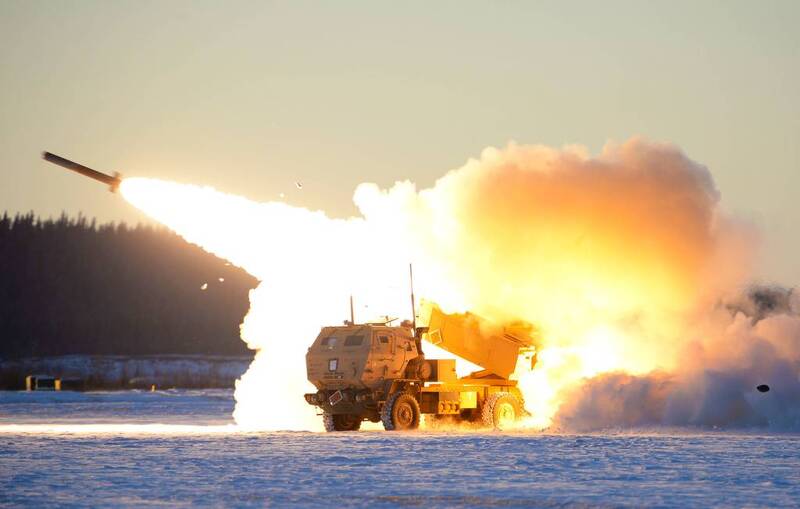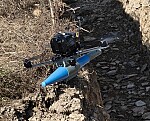The ongoing battle of technology: Russia's jamming of U.S. precision weapons in Ukraine
In the ongoing conflict between Russia and Ukraine, the use of precision munitions has been a game-changer for both sides. However, recent developments suggest that the tactical advantages gained by the United States through the deployment of these precision weapons in Ukraine are under threat. Lt. Gen. Antonio Aguto, the U.S. Army commander overseeing these efforts, recently revealed that Russian jamming capabilities have begun to erode the effectiveness of these high-tech weapons. In this article, we explore the implications of this jamming and the measures being taken to counter it.

The Precision Advantage
Precision munitions, including missiles like the Guided Multiple Launch Rocket System (GMLRS), have been a significant asset for Ukraine in its conflict with Russia. These weapons provided Ukraine with the ability to strike Russian ammunition depots beyond the range of traditional artillery, giving them a crucial edge on the battlefield. However, the use of precision weapons is not without its challenges.
Russian Jamming Tactics
The latest development in the conflict involves Russia's jamming of U.S.-provided precision missiles and GPS-guided bombs. These jamming tactics disrupt the intended trajectory of the munitions, rendering them less effective. Unidentified U.S. defense officials have indicated that Russia's ability to jam precision munitions forced both U.S. and Ukrainian forces to devise workarounds, including modifying rocket launchers. As a result, Russia adapted its jamming techniques, prompting the need for constant countermeasures.
Russia's jamming capabilities are advanced, with some jammers capable of blocking GPS signals at ranges of up to 15 miles. Ukrainian soldiers have reported frequent disruptions to their drones due to Russian jamming, and there are suspicions that Russian interference may also be affecting the widely used Starlink satellite internet system in the region.
The Need for Resilience and Adaptability
Lt. Gen. Antonio Aguto stressed the importance of enhancing the Pentagon's arms and gear to be resilient and flexible enough to counter the evolving tactics of adversaries. He noted that within weeks or months of introducing new capabilities on the battlefield, adversaries can develop countermeasures. This highlights the necessity for ongoing research and development to maintain an edge in modern warfare.
Furthermore, Aguto emphasized the importance of improved communication between allies, ranging from logistical coordination to sharing battlefield data. The Maven battlefield intelligence sharing system is currently being employed to plan logistics for supporting Ukraine, with the potential incorporation of AI tools to expedite planning processes.
Efficiency in Aid Delivery
The United States has sent billions of dollars worth of equipment and weapons to Ukraine to bolster its defense capabilities. Efforts have been made to expedite the delivery process by as much as 30 percent. These shipments aim to provide Ukraine with the tools needed to defend its territory effectively.
Command Post Technology
Echoing the U.S. Army's current drive to reduce the size of command posts, Lt. Gen. Aguto highlighted the need for mobile and smaller command post technology while maintaining the same capabilities. This shift towards greater mobility and flexibility in command structures reflects the evolving nature of modern warfare.
Conclusion
The conflict in Ukraine remains a dynamic and technologically driven battleground. The recent revelations of Russian jamming of U.S. precision weapons underscore the constant need for innovation and adaptability in modern warfare. As both sides continue to refine their tactics and technologies, the ability to counter adversaries' actions will be crucial in determining the outcome of the conflict and the future of warfare on a global scale.










